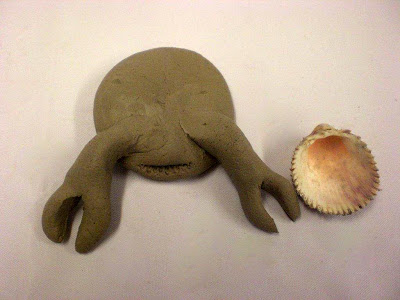We’re excited about a special event coming up sponsored by the National Art Education Association and we want to make sure you’re ready. September 11th through the 17th is National Arts in Education Week – a great time to celebrate art programming in the curriculum of our schools.
As a long-time artist-in-residence at schools across Kansas City, I’ve been amazed at the wonderful ideas and creativity our art teachers bring to the classroom. I enjoy seeing the projects their kids create and the inspiration these teachers provide. Plus, I love being part of a community of like-minded individuals who want to be sure our kids are developing an appreciation for art and the creative process.
To celebrate National Arts in Education Week, we’ll be sharing curriculum ideas for kid-tested oogly projects that work in the classroom. We’ll also be sharing art project ideas from other bloggers and art teachers near and far.
If you have an art project you know kids love and you’d like to share it with our readers during National Arts in Education Week, please leave us a comment or email us at info@ooglykit.com.






















































